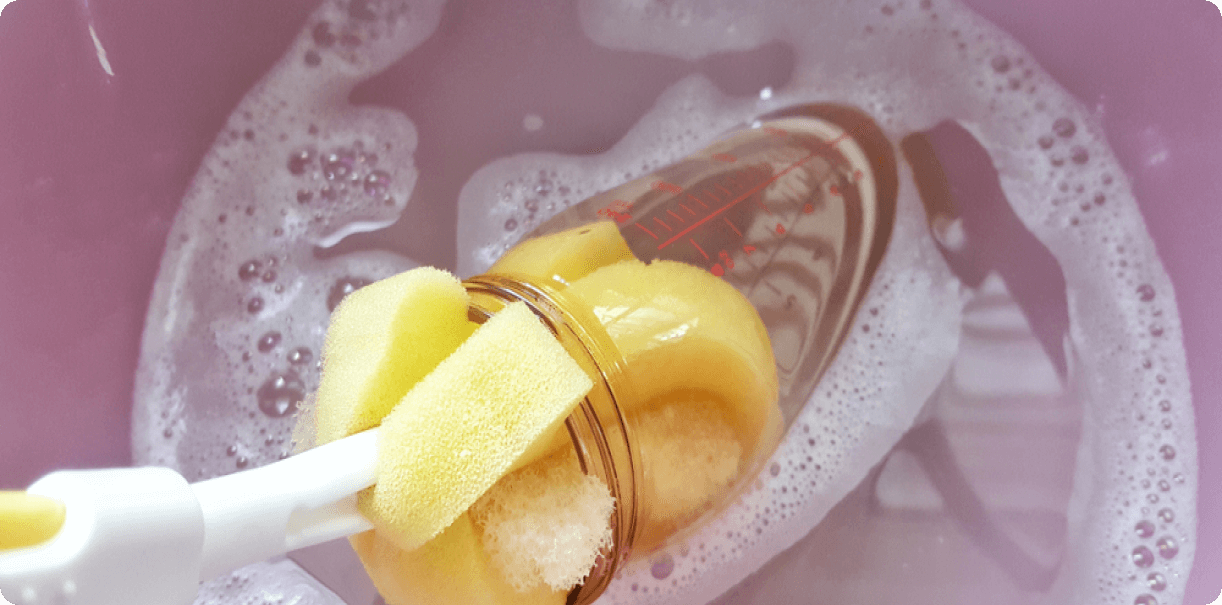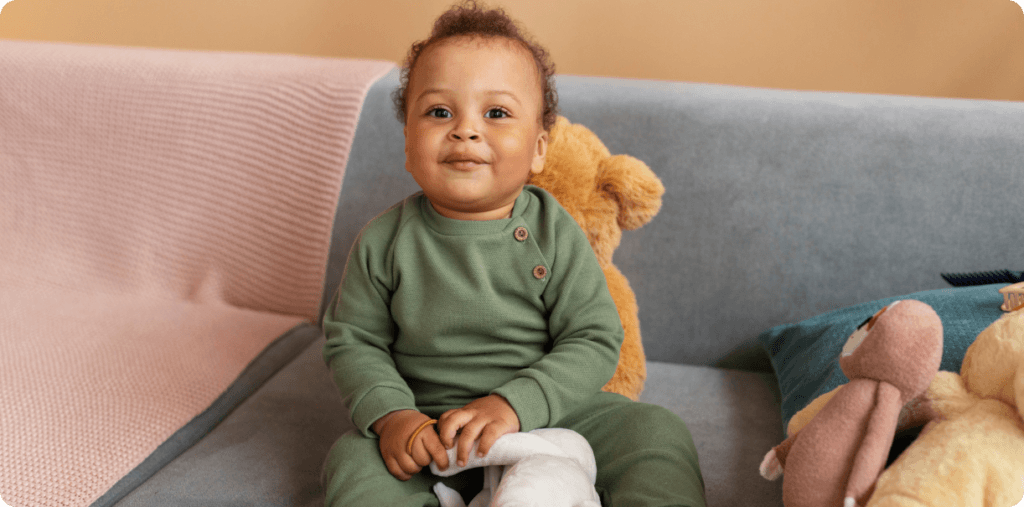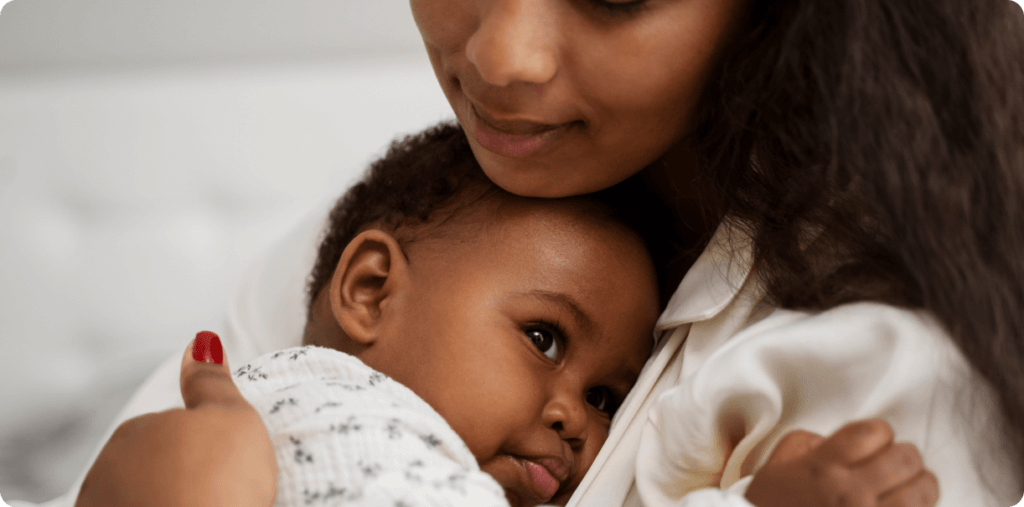
A baby bottle sterilizer set comprising the baby bottle sterilizer machine, sterilizing tablets, cleaning equipment and a mild cleanser have now become an integral part of essential products that parents buy after the birth of a baby. Cleaning of feeding bottles and other feeding equipment after each use helps to get rid of residue and stains from the equipment. However, the benefits of a baby bottle sterilizer cannot be denied. Why is a bottle sterilizer important? Feeding bottle sterilization is a requisite to remove germs that may be present due to breast milk residue or product build up from formula milk.
Steam sterilizers have inbuilt technology that releases steam which effectively kills germs and harmful bacteria. It is important to ensure that the baby bottle sterilizer instructions provided by the manufacturers are followed correctly as each machine may have different operational methods. PIGEON Multi-Function Sterilizer plays other roles in addition to being a sterilizer as it comes with triple functions of being a baby bottle sterilizer, baby food warmer and baby bottle warmer.
Other ways of sterilizing include the traditional method of sterilizing baby bottles in boiling water or using the microwave’s steam power to sterilize the bottles. The advantage that electric steam sterilizers enjoy over the other methods is that they have a higher temperature than boiling water, and can hence kill more bacteria and mold than the other two methods. They are also the quickest way to sterilize the bottles (for those who sterilize the bottles frequently or on a daily basis) and keep them sterile till the next use.
In case of emergencies, or while traveling, if it is impossible to carry a sterilizer along, a baby bottle sterilizer solution is a good way to sterilize the feeding bottles. PIGEON Sterilizing Tabs are easily soluble in water (cold or lukewarm), the bottles do not need a further rinse after using the solution, and the same solution can even be reused if it is within 24 hours.
Sterilizers are used for sterilizing feeding equipment like feeding bottles, baby bottle nipples, removable parts of the breast pump that come in contact with the breast milk (check instructions to see if a part can be sterilized), pacifiers, nipple shields, and even small toys that babies tend to put into their mouth. The sterilizers are for glass baby bottles as well as plastic feeding bottles (that are made of BPA-free material) and silicone materials.
While feeding bottles need to be cleaned after every use, they need not be sterilized after every use. An easy way to keep track of sterilization is to use the sterilizer at the end of each day and sterilize all the used feeding equipment in one go. Using a sterilizer like PIGEON Rapid Steam Sterilizer will help to sterilize up to 5 feeding bottles at a time in a swift sterilizing cycle of 6 minutes.
While it is recommended that baby bottles and other feeding equipment be sterilized every day after use, how often should the sterilizer itself be cleaned? A broad guideline is to clean the sterilizer thoroughly every month or after 30 cycles of use. By this time, limescale may accumulate on the walls of the sterilizer and this needs to be descaled. Cleaning the sterilizer can start with wiping down the insides with a damp cloth. Following this, a cup of white vinegar can be poured into the sterilizer and left overnight. Then, the sterilizer can be emptied of the liquid and rinsed in cold water and wiped down again with a cloth to remove any residue of the limescale.



